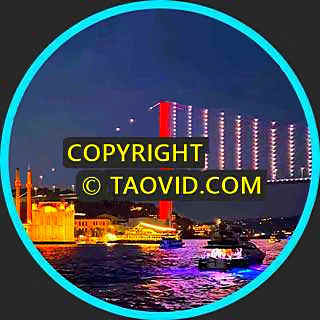Walk in Naumburg, Germany
Naumburg is a town in (and the administrative capital of) the district Burgenlandkreis, in the state of Saxony-Anhalt, Central Germany.
The town lies in the south of Saxony-Anhalt at the confluence of the Unstrut and the Saale, approximately 60 km (37 mi) southwest of Leipzig and 40 km (25 mi) north-northeast of Jena.
The most popular attraction in the town is the Naumburg Cathedral, which was inscribed on the UNESCO World Heritage List in 2018.
The first written record of Naumburg dates from 1012, when it was mentioned as the new castle of the Ekkehardinger, the Margrave of Meissen. It was founded at the crossing of two trade routes, Via Regia and the Regensburg Road.
The foundation of a Propstei Church on the site of the later Naumburg Cathedral was mentioned in the chronicles of the bishops of Merseburg in 1021.
Naumburg was a significant trading centre on the Via Regia (the route of the historic road of the Middle Ages) in the Middle Ages, especially because of the Naumburg Trade Fairs, first known to have taken place in 1278.
The emergence of Leipzig as a trade-fair centre from 1500 and the Thirty Years’ War adversely affected the Naumburg economy.
In 1846 the city was connected to the rail line from Halle to Erfurt, in 1889 to Artern and eventually in 1900 to Teuchern. On 15 September 1892 a steam tramway opened in Naumburg. From 2 January 1907 the Naumburg tramway was electrified.
Under the German Democratic Republic Naumburg was a centre of mechanical engineering, pharmaceuticals, metal-working and footwear manufacture. It was also a garrison town for the Soviet Air Force.
Naumburg Cathedral is a UNESCO world heritage site. The cathedral is composed of a Romanesque core structure flanked by two Gothic choirs in the east and in the west.
It was one of the large double-choir cathedrals built in the transitional style between Late Romanesque and Early Gothic. A choir, also sometimes called quire, is the area that provides seating for the clergy and church choir.
The four towers form part of the Romanesque structure of the cathedral, even though parts of the upper floors and domes date from more recent style periods. The cathedral is a vaulted, cruciform basilica in a bound system with a segregated crossing.
The Late Romanesque structure of Naumburg Cathedral replaced a first, Early Romanesque cathedral, which had been consecrated around 1042. The new construction was initiated in 1242 under the patronage of the Princes of the Apostles – Peter and Paul.
The layout of both the bishop’s district and the old town, still intact to this day, were both created between the 11th and 13th centuries.
They feature a number of high medieval monuments like the cathedral itself, the romanic residential tower next to the cathedral, the early gothic residential tower at the market square as well as the city wall.
Every year on the last weekend in June, when the cherries are ripe, the city of Naumburg celebrates the Hussite Cherry Festival. This festival has a long tradition and dates back to at least the 16th century.
Since the 17th century the celebrations have been connected with the legendary siege of Naumburg by the Hussites in 1432.
A teacher is said to have led his pupils outside the gates of the beleaguered city to beg the Hussite commander Andreas Prokop for mercy. The latter granted their request and gave the children cherries. The legend is commemorated in the song “Die Hussiten zogen vor Naumburg” (The Hussites marched on Naumburg) written by Karl Friedrich Seyferth in 1832.
Video Source: NAUMBURG, Germany 🇩🇪- 4K 60fps (UHD) from POPtravel on Youtube ⁄ CC BY






